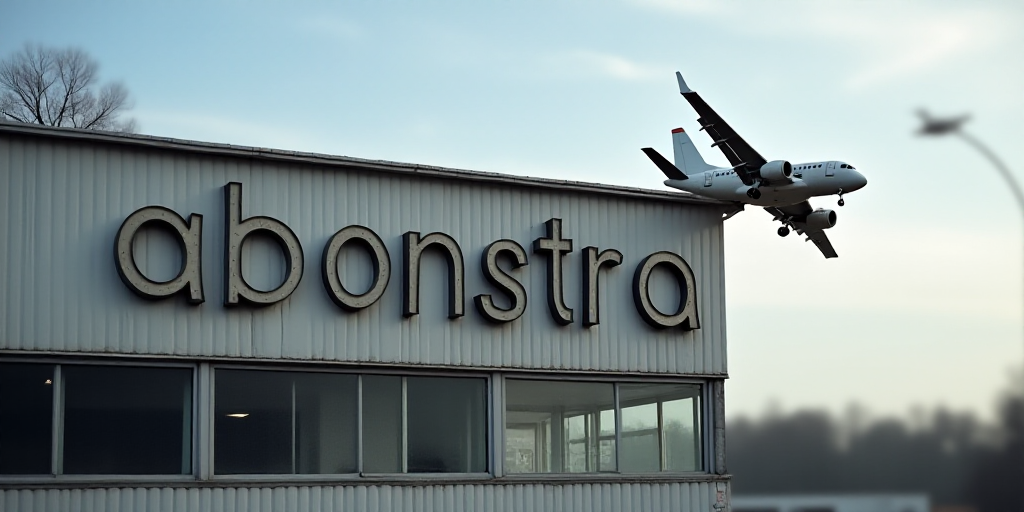Background on the Strike and Key Players
Air Canada, Canada’s largest airline, and its unionized flight attendants have reached a tentative agreement to end their ongoing strike. The Canadian Union of Public Employees (CUPE) announced the news on Facebook, stating, “The strike is over. We have a tentative agreement to present.”
Key Issues and Demands
The strike began due to dissatisfaction with Air Canada’s initial offer. The airline proposed a 38% increase in total compensation for flight attendants over four years, with a 25% raise in the first year. However, CUPE deemed this insufficient and continued advocating for better wages and working conditions.
Flight attendants sought compensation for tasks such as passenger boarding, which are currently unpaid. They also aimed to secure fair payment for time spent during aircraft movement, aligning with recent advancements made by their counterparts at US airlines like American Airlines.
CUPE’s Objectives and Achievements
The CUPE, representing 10,400 Air Canada flight attendants, aimed to secure improvements in unpaid work that surpassed recent achievements by their US counterparts. The new agreement brings some relief to Air Canada, which had canceled hundreds of flights due to the strike.
Impact on Air Canada Operations
Air Canada and its low-cost subsidiary, Air Canada Rouge, typically transport around 130,000 passengers daily. The airline is also the foreign carrier with the highest number of flights to the United States.
Key Questions and Answers
- What was the main cause of the strike? The primary reason for the strike was dissatisfaction with Air Canada’s initial compensation offer, which CUPE deemed insufficient.
- What specific demands did the flight attendants have? Flight attendants sought compensation for tasks like passenger boarding and fair payment for time spent during aircraft movement.
- How many flight attendants are represented by CUPE? CUPE represents 10,400 Air Canada flight attendants.
- What was the initial compensation proposal from Air Canada? Air Canada initially proposed a 38% increase in total compensation for flight attendants over four years, with a 25% raise in the first year.
- How many daily passengers does Air Canada transport? Air Canada and its subsidiary, Air Canada Rouge, typically transport around 130,000 passengers daily.
- What is Air Canada’s connection to the United States? Air Canada is the foreign carrier with the highest number of flights to the United States.






